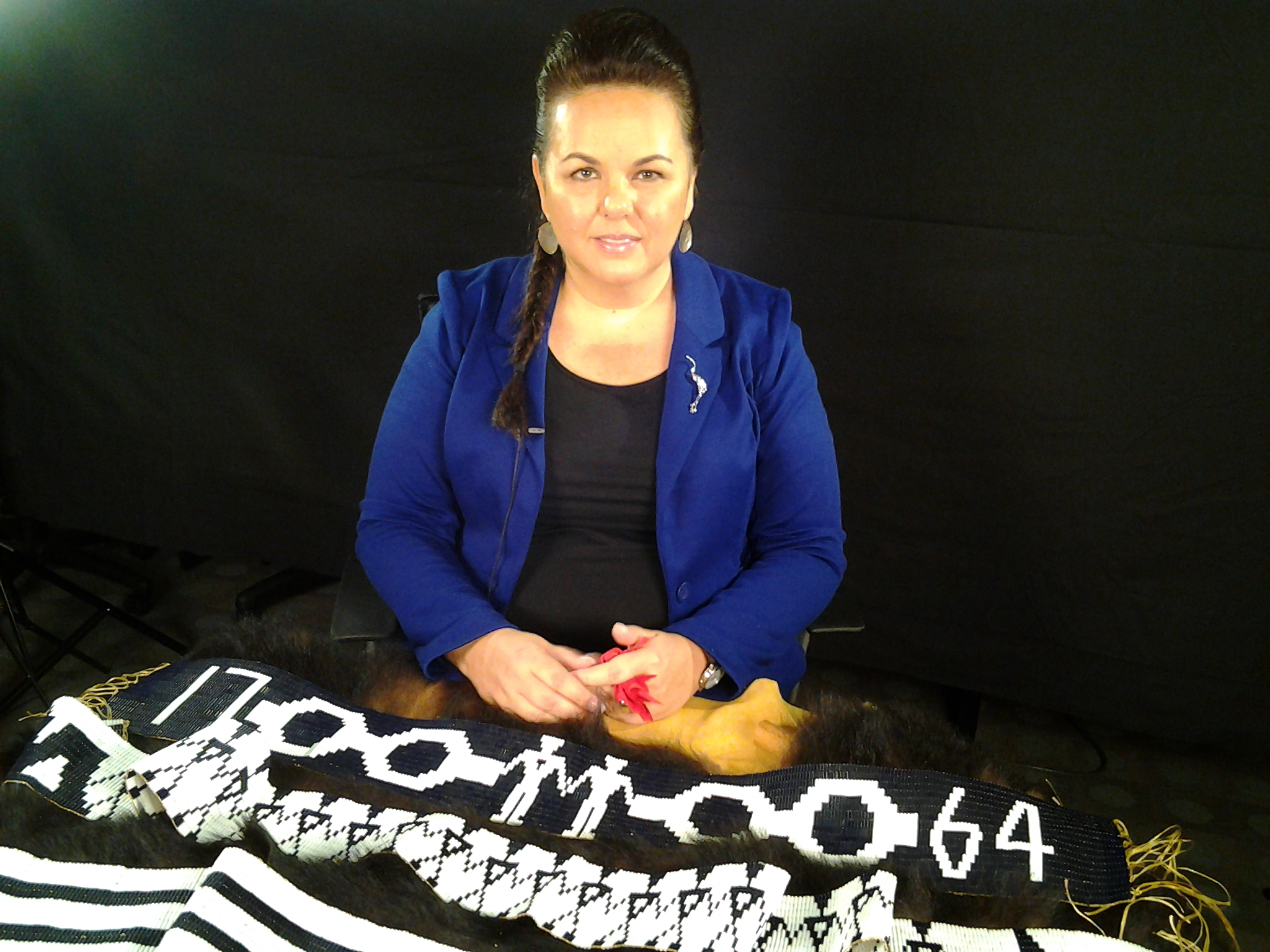In the process of building Canada, the British imposed different languages (French and English), religions (Catholic and Protestant), and legal systems (French Civil Law and British Common Law) on the Algonquin Anishinaabe Nation and consequently divided us into two entities.
While what is Canada today consists of several provinces and two territories, in its early stages Canada consisted of Upper and Lower Canada, which are now the provinces of Ontario and Quebec. During the early stages of European exploration the main mode of transportation into the land mass we know as Turtle Island was what is now known as the Ottawa River.
The Algonquin bands located on both sides of the river were some of the first Nations recorded by Champlain so you can be sure that the French and British knew full well who we were. During European struggles for new land the Algonquin Anishinaabeg were allies with the French. For this, we were severely punished when the British eventually took over.
Members of the Algonquin Anishinaabe Nation were constitutional delegates during the 1764 Treaty at Niagara where Canada’s four original constitutional documents were exchanged: the 1763 Royal Proclamation, the British and Western Great Lakes Covenant Chain Confederacy Wampum Belt, the Twenty-Four Nations Wampum Belt, and the Two Row Wampum Belt.
Following Creator’s law, Indigenous Nations agreed they would share with the European Nations. These documents also collectively codify respect for Indigenous nation’s jurisdiction and our right to land and resources; as well as codify the continued need to polish and work on our relationship with one another.
Regardless of the Algonquin Anishinaabe participation at the Treaty at Niagara, afterwards British Canada ignored our endless petitions for land and resources. This went on for centuries as the Algonquin submitted over twenty eight petitions asking that our right to land and resources be respected as outlined during the Treaty at Niagara. Regardless of this long time effort, members of the Algonquin Anishinaabe Nation were relegated to the margins. Yes, that is right; we were undesirable in the British eyes.
Historical records expose that British Canada argued an Algonquin Anishinaabeg settlement made adjacent land undesirable for the arriving British settlers. In 1853, through The Public Lands Act, our land was granted free to European settlers. Again in 1868, through The Free Grant and Homestead Act, our land was granted free to European settlers. The Algonquin, though, were not entitled. What is more, in 1927, Canada made it illegal for us to hire lawyers to carry our grievances for land and resources forward.
In 1864 the Algonquin living in Upper Canada were provided with the Golden Lake reserve while all further requests for land were then denied as we were told to go to Golden Lake. Of course many Algonquin opted to remain on their land where they existed long before settlers arrived. Regardless of this effort, many Algonquin lost their land when they continued to live by natural law leaving the land in the winter to hunt, as well as when they could not pay land taxes imposed as they remained within a subsistence versus the wage economy; or because they preferred to allow the animal beings to exist as the Creator intended them to be rather than farm the land as Europeans did.
To further punish the Algonquin Anishinaabe Nation we were also denied during the historic treaty process. In 1923, Canada once again ignored our participation in the 1764 Treaty at Niagara when our land and resources were identified under the terms of the Williams Treaty, yet we were not present during the negotiation process.
Eventually, after generations of petitions and only after we were in a particularly pitiful state of poverty and division, Canada entered into a land claims and self-government negotiation process with the Algonquin of Golden Lake, now Algonquin of Pikwàkanàgan First Nation. In this process only the Algonquin living in Ontario are involved, where through this process all Indian status members, approximately 1,800 members, are accepted as beneficiaries. So too are the approximately 6,000 non-status Algonquin accepted as beneficiaries.
Through two federal government policies — the Comprehensive Land Claims Policy and the Inherent Rights Policy — our jurisdiction, land, and land related rights are not protected but rather continue to be denied and placed within the confines of a small b□x. Through these policies Canada has imposed on us what it thinks we are entitled to: a very small percentage of our traditional territory and a one-time buy-out. This deal was tabled in November 2012. Clearly 117,000 acres which amounts to only 1.3 per cent of our traditional territory and $300 million is a bad deal.
This clearly violates the agreement codified in Canada’s constitutional documents exchanged during the Treaty at Niagara. It is precisely for this reason that Russell Diabo refers to the current ninety three land claims and self-government so called negotiation tables as “self-termination tables.” I agree, and that is why I, in part, paint my face black.
Dr. Lynn Gehl is an Algonquin Anishinaabe-kwe from the Ottawa River Valley. She has a section 15 Charter challenge regarding the continued sex discrimination in The Indian Act, she is an outspoken critic of the Ontario Algonquin land claims and self-government process, and she recently published a book titled The Truth that Wampum Tells: My Debwewin on the Algonquin Land Claims Process. You can reach her at lynngehl[at]gmail[dot]com and see more of her work at www.lynngehl.com.
Photo: Dr. Lynn Gehl with her 1764 Treaty at Niagara Wampum Bundle. Photo credit: N Gehl © L Gehl



